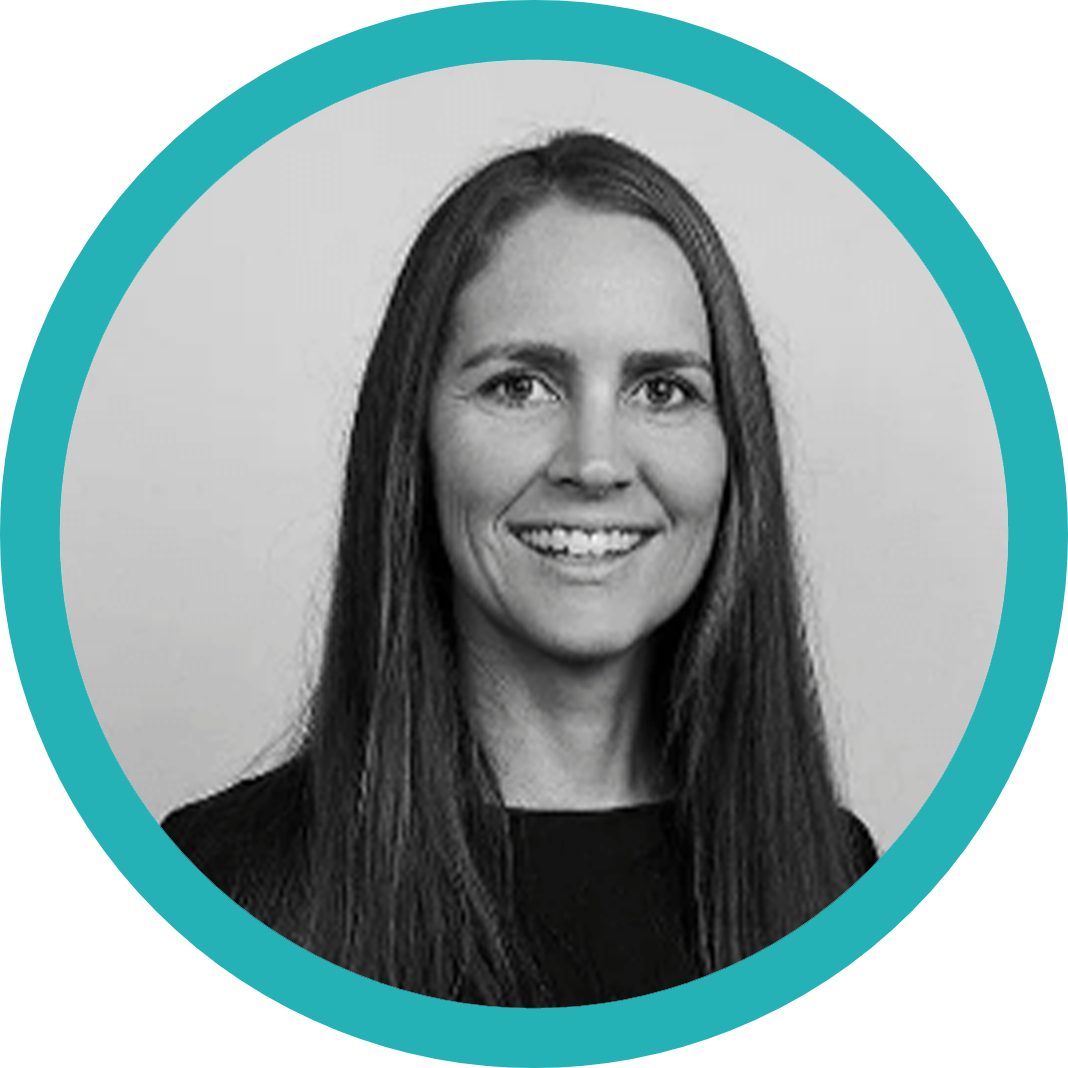Schema Therapy is a unique and integrative approach to treating chronic mental health issues and personality disorders. Our experienced team of psychologists, clinical psychologists and counsellors are trained in Schema Therapy and provide this form of treatment at our Melbourne CBD rooms. Conditions treated include anxiety disorders, borderline personality disorder, complex trauma, eating disorders, and mood disorders.
Cova Psychology is conveniently located in the Melbourne CBD, making our services easily accessible to those in the central business district. We also provide psychological treatment to anyone in Australia via telehealth.
Schema Therapy is a blend of a few different, well-evidenced therapeutic approaches such as cognitive-behavioural therapy (CBT), psychoanalytic theories, attachment theory, and gestalt therapy. At its core, the aim is to identify and change deep-seated patterns – known as schemas – which are formed during early life and can continue to impact a person’s thoughts, feelings, and behaviours into adulthood.
@covapsychology Part 2: @Cova Psychology | Psychologist Psychologist and trauma therapist Chris defines what a schema is. For more information about schemas and schema therapy see our website https://covapsychology.com/how-we-help/schema-therapy-at-cova-psychology/ if you’re looking to engage a psychologist Melbourne for schema therapy don’t hesitate to get in touch. #therapytiktok #mentalhealthawareness #mentalhealthmatters #foryoupage #psychologistsoftiktok #traumatherapy #wellnesstips #traumatok #ptsdawareness #depression #depressionanxiety #anxietydisorder #anxiety #stress #emotionalintelligence ♬ original sound - Cova Psychology | Psychologist
Table of Contents

Childhood Emotional Needs in Schema Therapy
Childhood emotional needs are what kid’s require to support healthy emotional and psychological development. These include the need for love, security, acceptance, and validation. Let’s explore this a little more: Firstly, children thrive when they feel consistently nurtured, understood, and valued by their caregivers, and this helps them form a secure attachment and develop self-esteem. Alongside this, they also need guidance, structure, and the freedom to explore in a safe environment to foster autonomy and confidence. And finally they also need empathy and encouragement to help them develop emotional regulation and resilience. When these needs are met, children are more likely to grow into emotionally healthy, well-adjusted adults, but unmet needs can lead to long-term emotional challenges, often in the form of maladaptive beliefs or schemas. These challenges can manifest as various mental health issues in adulthood.
Schema Therapy has identified 18 separate schemas which are grouped into five domains. Each domain represents a core emotional need that was not met during early development. Schema Therapy can address these areas. Our Melbourne psychologists may also combine Schema Therapy with other therapeutic approaches, including Cognitive Behavioural Therapy (CBT), Acceptance and Commitment Therapy (ACT), tailored to support individual needs. The 18 schemas are as follows:
A. Disconnection and Rejection
This domain encompasses schemas related to the belief that one’s needs for safety, stability, nurturance, and acceptance will not be met in a predictable manner.
1. Abandonment / Instability Schema
Individuals with this schema fear that those close to them will not be able to provide the support and connection they need, either because they are emotionally unstable or unreliable.
For example: Fatima frequently experiences anxiety and panic attacks in her relationships. She is constantly worried that her partner will leave her, even without any clear signs. Her fears lead her to become clingy and overly dependent, straining her relationships.
2. Mistrust / Abuse Schema
This schema involves the expectation that others will intentionally hurt, abuse, or take advantage of them. It stems from experiences of betrayal or exploitation and can lead to excessive suspicion or avoidance of close relationships. People with this schema might have difficulty trusting others and often expect the worst in interpersonal interactions.
For example: John does not have a partner and whilst he has lots of friends, he tends to be quite self-sufficient in the sense he doesn’t really open up to them.
3. Emotional Deprivation Schema
Individuals with this schema believe their emotional needs for nurturance, empathy, and protection will never be met by others. They may experience chronic feelings of emptiness and loneliness, often leading to dissatisfaction in relationships and a tendency to withdraw emotionally.
For example: Sue often ends up with boyfriends who cheat or are always off with their friends. She assumes that this is “just how men are”.
4. Defectiveness / Shame Schema
People with this schema believe they are fundamentally flawed, defective, or unlovable. They often experience feelings of shame and may go to great lengths to hide their perceived imperfections. This can result in self-sabotaging behaviours, difficulties in accepting compliments, and hypersensitivity to criticism.
For example: Tommy is very self-critical and is very sensitive to any feedback. He frequently changes jobs because he believes his workplace will “figure out” he is incompetent (despite good work performance).
5. Social Isolation/Alienation Schema
This schema involves feeling different from others and not fitting into any social group. Individuals may feel isolated and believe they are inherently unlovable or unacceptable. This can lead to social withdrawal, loneliness, and difficulty forming meaningful connections.
For example: Annanya feels like she is always on the outer. She finds it hard at work and at gatherings to connect with others because she is very focussed on her perceived differences and struggles with social anxiety.
B. Impaired Autonomy and Performance in Anxiety Disorders
This domain includes schemas that interfere with one’s ability to function independently and perform adequately.
6. Dependence / Incompetence Schema
Individuals with this schema believe they are unable to handle everyday responsibilities competently without significant help from others. This can lead to reliance on others to make decisions and perform tasks, and avoidance of new experiences or challenges due to fear of failure. A mental health plan can be crucial in addressing these issues by providing access to counselling sessions funded through Medicare.
For example: In his 30s, Alexander still lives at home and though he works part-time, he still relies on his Mum a lot for both financial and practical support. He has never had a partner.
7. Vulnerability to Harm or Illness Schema
This schema involves an exaggerated fear that catastrophe will strike and that one will be unable to prevent it. This might relate to fears of medical illness, or emotional collapse, or other types of disasters. This can lead to hypervigilance and avoidance.
For example: Olive has significant health anxiety, constantly thinking she may have cancer, and gets very worried about her children getting injured or sick.
8. Enmeshment/Undeveloped Self Schema
This schema is characterised by excessive emotional involvement and closeness with significant others, often to the detriment of their own identity and autonomy. Individuals may have difficulty separating their own feelings and needs from those of others, leading to dependent relationships and a lack of personal direction.
For example: Pascale struggles to develop his own sense of self beyond his role within his family. Deep down he suspects he might be gay, but is unable to reflect on that further because he knows his parents would not approve.
9. Failure Schema
People with this schema believe they are fundamentally inadequate and will inevitably fail to achieve. This can result in chronic feelings of helplessness, low self-esteem, and avoidance of challenges due to this fear of failure.
For example: Megan believes she is not really that bright and won’t do that well. She has remained at the same level at work, despite her manager’s encouraging her to apply for more senior roles.
C. Impaired Limits
Schemas in this domain reflect deficits in a person’s internal limits, their responsibility to others, or an inability to stick to long-term goals.
10. Entitlement / Grandiosity Schema
This schema involves the belief that one is superior to others and entitled to special rights and privileges. Individuals may show disregard for the needs and feelings of others, and struggle with frustration when their desires are not met. This can lead to interpersonal conflicts and difficulties in achieving realistic goals. Effective anger management techniques can be crucial in addressing these issues by focusing on emotional regulation and improving interpersonal relationships.
For example: Mark believes he is incredibly smart and doesn’t have much interest in what others might offer/say, leading to tensions both professionally and personally. Mark is quite isolated but finds it hard to understand why.
11. Insufficient Self-Control / Self-Discipline Schema
People with this schema struggle with self-control and have difficulty tolerating frustration or delays in gratification. They may display impulsive behaviours, struggle with goal achievement, and have problems with addiction or procrastination.
For example: Ren struggles with an online gambling addiction and works for friend from high school who lets it pass when he doesn’t turn up for work sometimes.
D. Other-Directedness in Complex Trauma
This domain includes schemas related to an excessive focus on the needs and desires of others at the expense of one’s own needs.
12. Subjugation Schema
This schema involves excessive surrendering of control to others out of fear of negative consequences, such as punishment or abandonment. Individuals may suppress their own desires and emotions, leading to feelings of resentment and passive-aggressive behaviour.
For example: Maria frequently suppresses her own needs and desires to avoid conflict with others. She does feel trapped and resentful of this but is ultimately too anxious to assert herself. Relationship counselling can play a crucial role in addressing these issues by helping individuals navigate their emotions and improve their interpersonal connections.
13. Self-Sacrifice Schema
People with this schema feel a strong need to meet the needs of others, often to the detriment of their own well-being. This can stem from a desire to avoid guilt or maintain a sense of self-worth through caregiving. Chronic self-sacrifice can lead to burnout, resentment, and neglect of personal needs.
For example: Riley constantly puts others’ needs before her own. She feels guilty when saying no to people and finds it virtually impossible to prioritise her own well-being. Her partner feels frustrated that she will constantly suffer migraines because she is so busy looking after others.
14. Approval-Seeking/Recognition-Seeking Schema
This schema involves an excessive focus on gaining approval, recognition, or attention from others. Individuals may base their self-esteem on external validation, leading to behaviours aimed at impressing others, rather than pursuing their own authentic goals and desires.
For example: Humza is very focussed on his corporate job even though it doesn’t give him a lot of satisfaction, he feels it is important to have a lot of income and buy nice things.
E. Over Vigilance and Inhibition
This domain encompasses schemas related to an excessive emphasis on suppressing spontaneous feelings and adhering to rigid standards.
15. Negativity / Pessimism Schema
This schema involves focusing on the negative aspects of life and expecting failure or disappointment.
For example: Antoinette has a chronic negative outlook on life. Her thoughts are very “glass half empty” and she finds it hard to cope with stressful situations, often leading to a depressive episode.
16. Emotional Inhibition Schema
This schema involves the excessive inhibition of spontaneous emotions, impulses, and actions to avoid disapproval or losing control.
For example: Joey avoids expressing his feelings. Whilst this serves him well in his job, it leds to emotional numbness, chronic dysthymia and difficulties in his romantic relationships.
17. Unrelenting Standards / Hypercritical Schema
People with this schema believe they must meet very high internalised standards of performance to avoid criticism or feeling inadequate. This can lead to perfectionism, chronic dissatisfaction, and burnout. The constant striving for unattainable goals can result in significant stress and impair one’s ability to enjoy life. Therapeutic approaches such as Cognitive Behavioral Therapy (CBT), Acceptance and Commitment Therapy (ACT), and Schema Therapy can be effective in addressing these issues by providing tailored support in a client-centered and collaborative environment.
For example: Jessica tends to be very perfectionistic and has had to defer her uni studies because she is so burnout and unable to complete assignments.
18. Punitiveness Schema
This schema involves a belief that people should be harshly punished for mistakes or any area of weakness. Individuals may be overly critical of themselves and others, leading to feelings of guilt, shame, and anger.
For example: Michael is very judgemental of both himself and his co-workers. He has been spoken to by his manager’s for yelling at customers who he perceives as “stupid”.
Final reflections
Have a reflect and see if any of these schemas resonate with you. If you decide to engage in Schema Therapy, often your therapist will ask you to complete some questionnaires alongside a clinical assessment to help you both understand which schemas may be most relevant to you, so that you can develop a treatment plan to tackle these patterns. Don’t hesitate to contact our friendly reception team to book an initial consultation with one of our Melbourne Psychologists who will work with you to understand your needs and develop a tailored treatment plan.


Dr. Sarah Valentine
Sarah is a Clinical Psychologist and co-director of Cova Psychology. She has worked in a range of settings in both the public and private sectors of mental health system in Melbourne over the past 20 years. Sarah is passionate about helping her clients heal trauma, is an experienced EMDR therapist and also incorporates Schema Therapy and Mentalisation Based Therapy (MBT) into her work. She is a board approved supervisor and mentor and enjoys supporting psychologists at all stages of their career.














